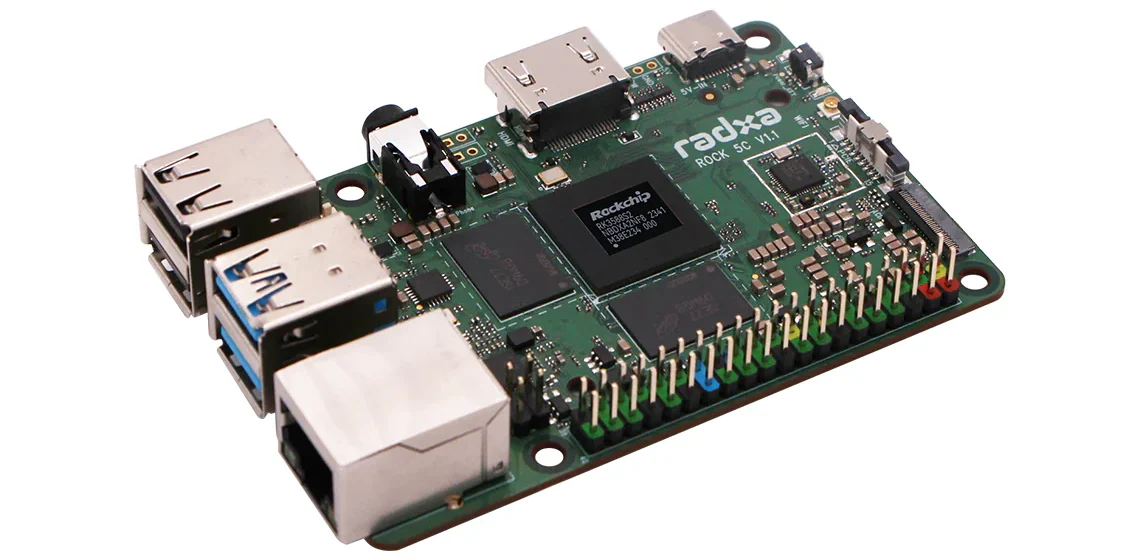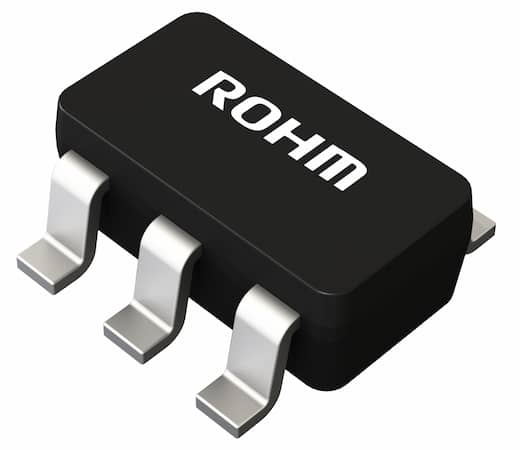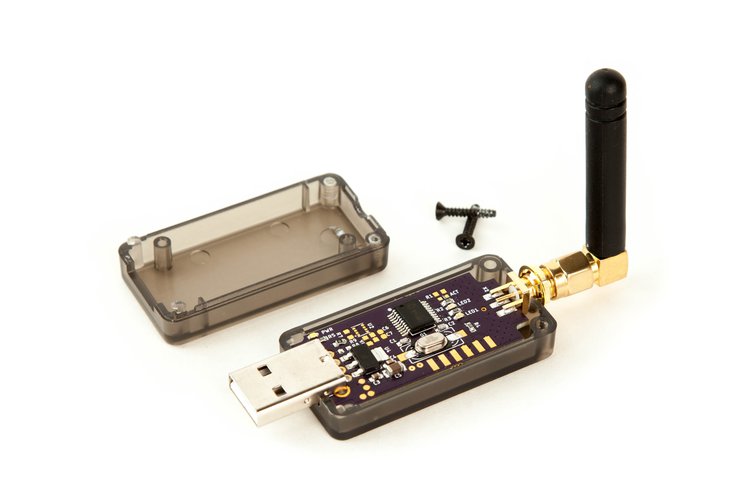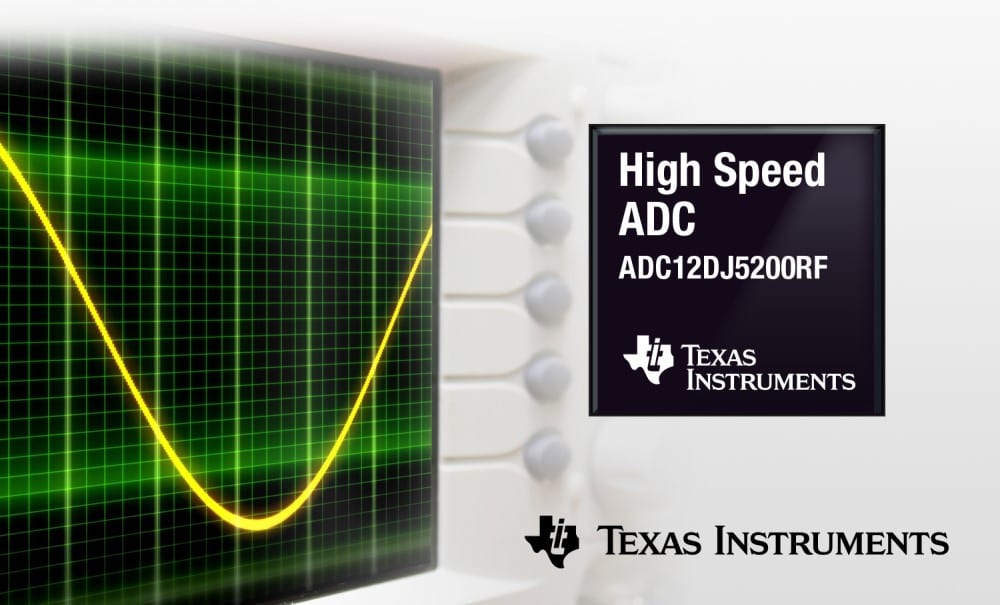
Differential current probe with single-ended output, +/-18 V supply voltage, 6 MHz bandwidth, and gain of 2, set by a single resistor, can be increased. Designed by A. Rosenkränzer
This current probe has a differential input and single ended output. Instrumentation amplifier AD8421 is used for its high bandwidth. The amplifier is configured for a gain of 2, set by a single resistor R5: G = (9.9 kΩ/R5) + 1. Bandwidth at this gain is greater than 6 MHz, measured bandwidth is about 8 MHz. Even at a gain of 100 bandwidth of the AD8421 is still 2 MHz. Have a look at the datasheet for more information. The input filters (R1/C1, R2/C2) provide a simple overvoltage and transient protection for short overload conditions and correct the increase of gain of the AD8421, close to the cutoff frequency, to straighten the amplitude vs frequency characteristic of the probe. Although the AD8421 has very robust inputs, long overvoltage conditions should be avoided. Input voltage range is limited by the +/- 15 V power supply (onboard regulators), a little over +/-12 V. The probe has its own voltage regulators and a common mode choke to suppress possible interferences from the DC power supply used for the probe (think of SMPS versions). A symmetrical laboratory power supply can be used or a small transformer with full wave rectifier and smoothing capacitors. D3 and D4 protect against wrong polarity, they’re not meant for rectifying an AC voltage! LEDs LED1 and LED2 indicate both power supply voltages are present, and the probe is active. Two extra resistors of 10 MΩ (R3, R4) have been added to the inputs so these stay biased and the output remains at ground level when nothing is connected to the probe.
Free Elektor Article: Differential Current Probe – [Link]















